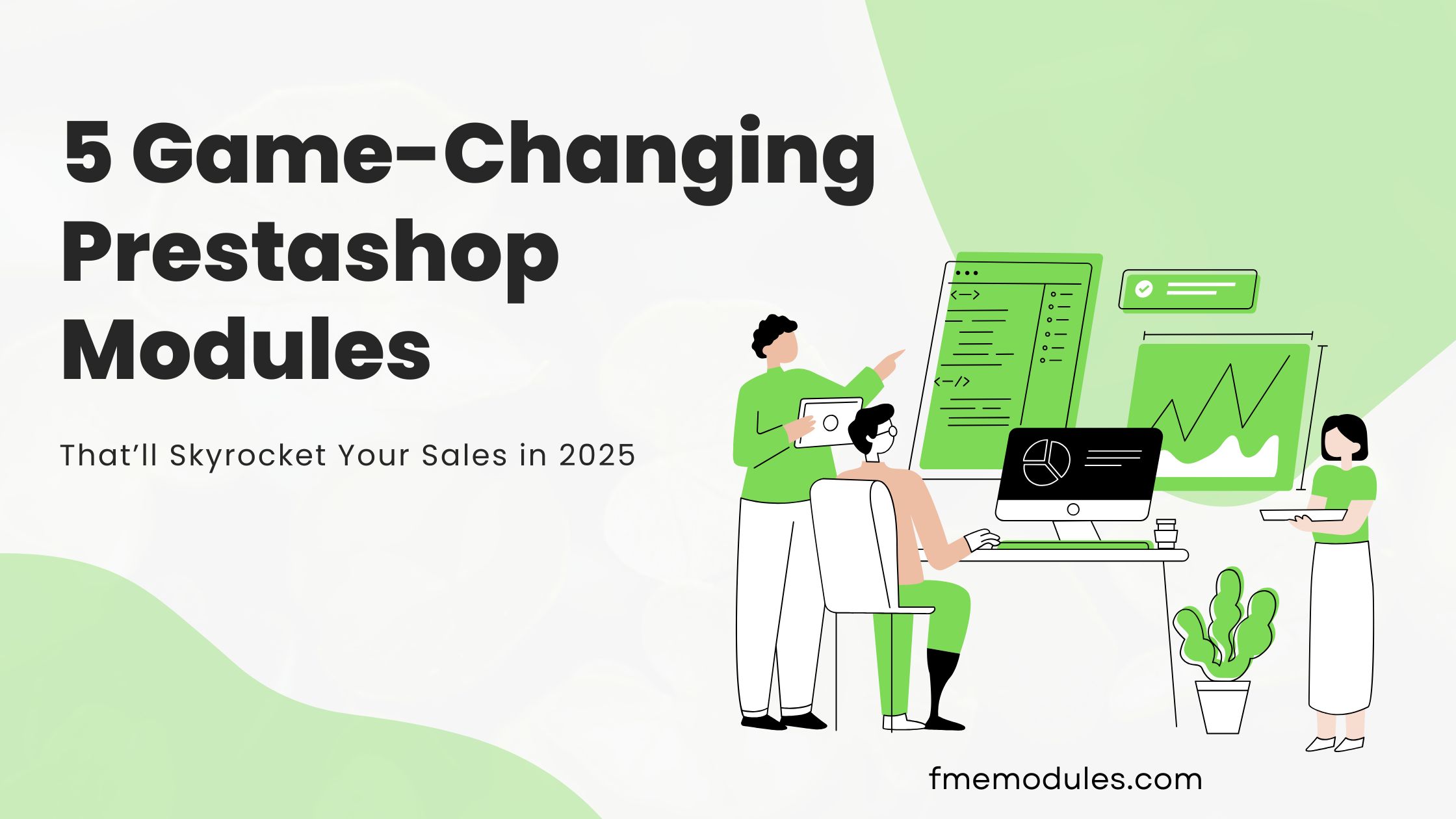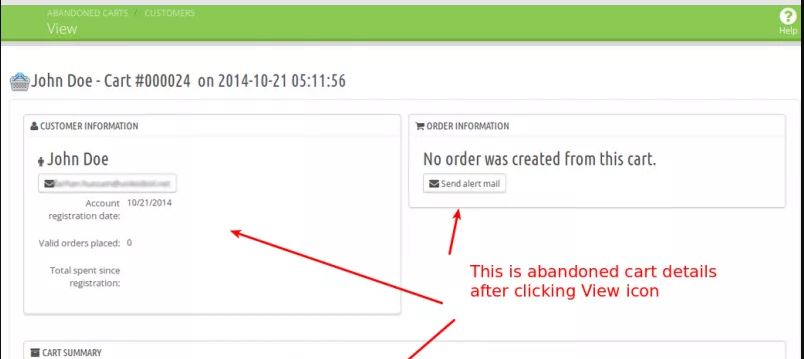How to Create a PrestaShop Module Web Service API
Posted On: Jan 15, 2025
Categories: Prestashop 1.6
PrestaShop is a powerful eCommerce platform that offers flexibility, scalability, and a wide range of customization options. Among its many features, the Web Service API stands out as a robust tool for integrating third-party applications and automating store processes. Whether you want to connect your store to external systems, fetch data programmatically, or offer customized functionality, building a Web Service API into your PrestaShop module is a valuable skill.
In this blog, we’ll walk you through the process of creating a PrestaShop Module Web Service API from scratch. By the end, you'll have a clear understanding of how to build a secure and efficient API that aligns with PrestaShop standards.
What is a PrestaShop Web Service API?
The Web Service API in PrestaShop allows developers to interact with a store’s data programmatically. It uses RESTful principles to fetch, update, delete, or create data via HTTP requests. With this API, you can:
- Synchronize product catalogs with third-party platforms.
- Automate order and customer management.
- Fetch real-time inventory data.
PrestaShop modules with Web Service APIs enable store owners to extend functionality seamlessly. Whether you're building an advanced inventory management system or integrating payment gateways, a custom API ensures smooth communication between systems.
Steps to Create a PrestaShop Module Web Service API
Step 1: Set Up Your PrestaShop Module
To start, you’ll need to create a basic module structure. Follow these steps:
-
Create a Module Folder:
Navigate to your PrestaShop installation directory and go to the modules folder. Create a new folder with your module's name (e.g., mymoduleapi). -
Build a PHP File for the Module:
Inside your module folder, create a PHP file named mymoduleapi.php. This file will contain the module's main class. Here’s a sample structure:
if (!defined('_PS_VERSION_')) {
exit;
}
class MyModuleApi extends Module
{
public function __construct()
{
$this->name = 'mymoduleapi';
$this->tab = 'administration';
$this->version = '1.0.0';
$this->author = 'FME Modules';
$this->need_instance = 0;
parent::__construct();
$this->displayName = $this->l('My Module API');
$this->description = $this->l('Provides a custom API for PrestaShop.');
}
}
-
Install the Module:
Add an install method to handle database setup or configuration options. Install the module through the PrestaShop admin panel.
Step 2: Register a Web Service Endpoint
PrestaShop APIs are built around resources like products, categories, or orders. To create a custom endpoint, you need to define your own resource.
-
Enable the Web Service API:
In your PrestaShop admin, go to Advanced Parameters > Webservice and enable the web service. Generate a new API key and ensure it has permissions for your custom resource.
-
Add a Web Service Dispatcher:
Create a new PHP file in your module folder to handle API requests. For example, classes/MyModuleApiDispatcher.php. Here’s an example:
class MyModuleApiDispatcher
{
public function processRequest()
{
if ($_SERVER['REQUEST_METHOD'] === 'GET') {
$this->handleGetRequest();
} elseif ($_SERVER['REQUEST_METHOD'] === 'POST') {
$this->handlePostRequest();
}
}
private function handleGetRequest()
{
// Fetch data logic here
echo json_encode(['status' => 'success', 'data' => 'Sample GET Response']);
}
private function handlePostRequest()
{
// Process data logic here
echo json_encode(['status' => 'success', 'message' => 'POST Data Received']);
}
}
-
Link the Dispatcher to PrestaShop:
Use a hook, such as hookModuleRoutes, to register the dispatcher and define your custom API endpoint.
public function hookModuleRoutes($params)
{
return [
'module-mymoduleapi-customendpoint' => [
'controller' => 'customendpoint',
'rule' => 'api/mymodule',
'keywords' => [],
'params' => [
'fc' => 'module',
'module' => 'mymoduleapi',
'controller' => 'customendpoint',
],
],
];
}
Step 3: Secure Your API
Security is critical for any API. PrestaShop provides built-in authentication mechanisms, but you should always implement additional safeguards, such as:
- Token Authentication: Require an API token to validate requests.
- Input Validation: Sanitize all incoming data to prevent injection attacks.
- Rate Limiting: Limit the number of API calls to avoid abuse.
Here’s an example of validating API tokens:
private function validateApiToken($token)
{
$validToken = Configuration::get('MYMODULEAPI_TOKEN');
return $token === $validToken;
}
Step 4: Test Your API
Once your API is set up, use tools like Postman or curl to test the endpoints. Check for proper responses to GET, POST, PUT, and DELETE requests.
Benefits of Creating a PrestaShop Web Service API
- Enhanced Store Functionality: Custom APIs let you build unique solutions tailored to your business needs.
- Seamless Integrations: APIs simplify integration with third-party systems like CRMs, ERPs, and analytics platforms.
- Automation Opportunities: Save time by automating repetitive tasks such as inventory updates or order management.
- Scalability: APIs future-proof your store, allowing you to scale without being limited by built-in features.
Why Choose FME Modules for PrestaShop Development?
At FME Modules, we specialize in creating innovative PrestaShop solutions that empower online businesses. Our team has extensive experience building custom modules and APIs tailored to your needs. Whether you're looking for advanced customization or out-of-the-box functionality, we deliver high-quality, reliable solutions.
With our expertise, you can focus on growing your store while we handle the technical complexities.
Conclusion
Creating a custom Web Service API for your PrestaShop module is a powerful way to enhance your store’s capabilities and streamline operations. By following the steps outlined in this guide, you can build a secure, efficient, and scalable API that integrates seamlessly with your eCommerce platform.
Need help developing a PrestaShop module or API? Contact FME Modules today, and let us take your online store to the next level!







